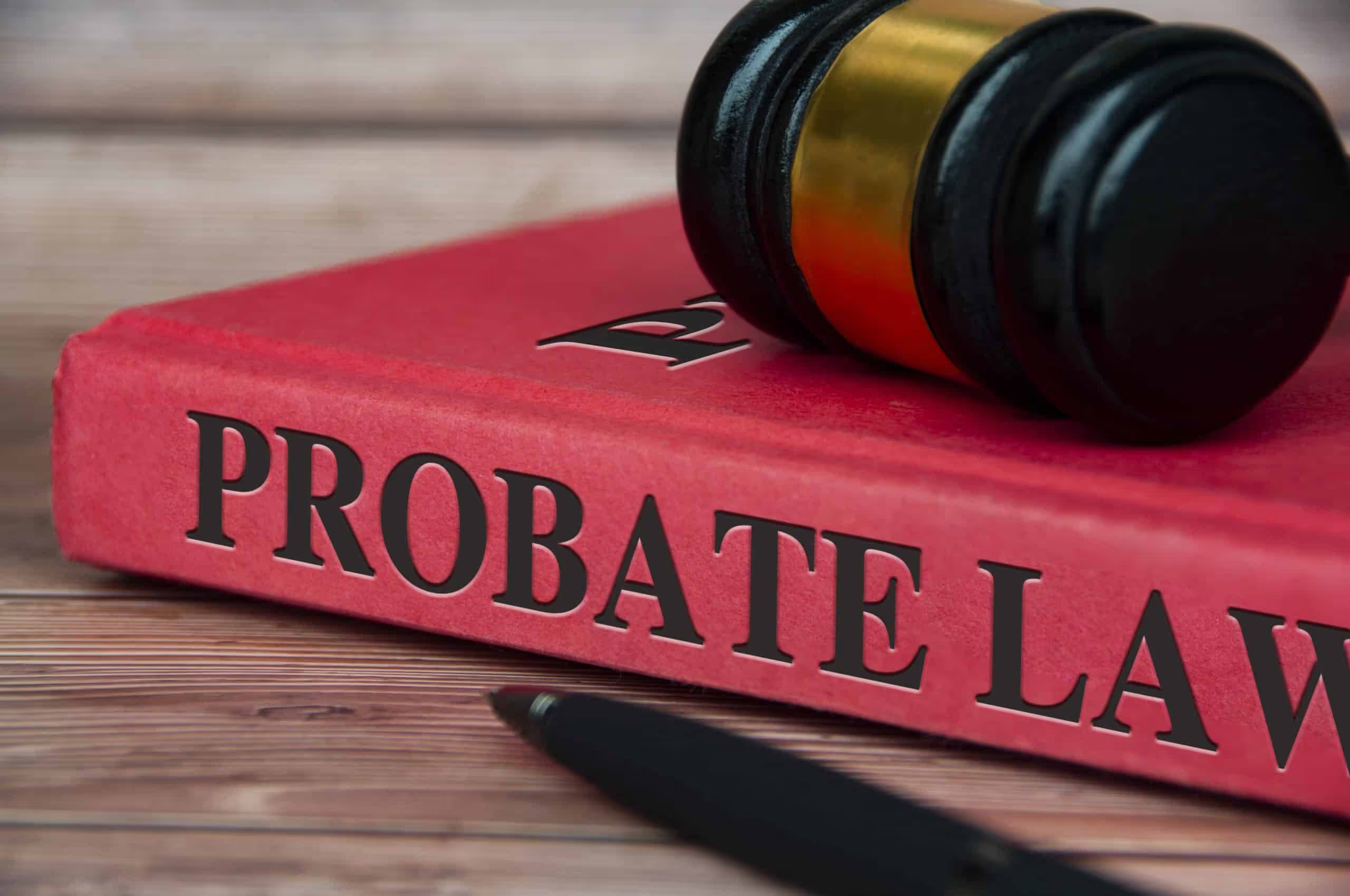Setting up a trust involves creating a legal arrangement that holds your assets for the benefit of one or more people. The process requires choosing the right type of trust, drafting a trust document, appointing a trustee, and transferring ownership of assets into the trust. Done correctly, it ensures your estate is managed according to your wishes and can help avoid probate.

Step 1: Choose the Right Type of Trust
The first step is selecting a trust that matches your goals. The two primary categories are revocable trusts and irrevocable trusts.
- Revocable Trust: Allows you to modify or revoke the trust during your lifetime. Often used for estate planning to avoid probate and maintain flexibility.
- Irrevocable Trust: Cannot be changed once created. Commonly used for asset protection or tax planning.
- Other specialized trusts, such as special needs trusts or charitable trusts, serve specific purposes.
Step 2: Decide on the Trust’s Terms
A trust’s terms define how assets will be managed and distributed. These terms specify:
- Who will benefit from the trust (beneficiaries).
- The trustee’s powers and responsibilities.
- The conditions under which distributions will be made.
- Instructions for what happens if you become incapacitated or pass away.
Step 3: Appoint a Trustee
The trustee is the person or institution responsible for managing the trust. Many people name themselves as the initial trustee of a revocable trust, with a successor trustee to take over upon incapacity or death. For irrevocable trusts, the trustee is typically an independent third party.
Step 4: Draft the Trust Document
The trust document is the legal blueprint of your trust. It must meet state-specific legal requirements to be valid. It should clearly outline:
- The trust’s name and creation date.
- The identities of the grantor, trustee, and beneficiaries.
- Detailed instructions for asset management and distribution.
- Working with an attorney ensures that the document is comprehensive and compliant with the law.
Step 5: Fund the Trust
A trust has no power until it is funded. Funding means transferring ownership of your assets into the trust. Examples include:
- Changing the title on your home deed to reflect trust ownership.
- Updating bank account titles to the trust’s name.
- Reassigning business interests to the trust.
- Failing to fund the trust means your assets may still have to go through probate.

Step 6: Keep the Trust Updated
A trust should evolve with your life circumstances. You may need to update it after major events such as marriage, divorce, the birth of children, or the acquisition of new assets. Regular reviews help ensure it still reflects your wishes.
Why Legal Guidance is Critical
Trust law is complex, and even small errors can create major issues for your estate. A qualified probate attorney can ensure your trust is properly structured, complies with local laws, and avoids pitfalls that could lead to disputes or court challenges.

Common Mistakes When Setting Up a Trust
When creating a trust, avoid these frequent errors:
- Failing to Fund the Trust: Without asset transfers, the trust is ineffective.
- Choosing the Wrong Trustee: A trustee who lacks financial knowledge or integrity can cause problems.
- Ambiguous Instructions: Unclear terms can lead to disputes among beneficiaries.
- Ignoring Tax Implications: Certain trusts may have unintended tax consequences if not structured properly.
Benefits of Setting Up a Trust
Establishing a trust provides tangible benefits:
- Probate Avoidance: Assets in the trust transfer directly to beneficiaries.
- Privacy Protection: Unlike wills, trusts are not public record.
- Control: You dictate exactly how and when beneficiaries receive assets.
- Incapacity Planning: A successor trustee can manage assets if you cannot.
When a Trust May Not Be Necessary
For smaller estates with simple distribution plans, a trust may be unnecessary. In such cases, a will or payable-on-death designations may achieve similar results with less complexity.
Related Topics in This Series
What is a Living Trust?
A living trust allows you to transfer assets into a trust during your lifetime and avoid probate upon death. It offers privacy, flexibility, and control.
Will vs Trust: Key Differences
Understanding the pros and cons of each helps you determine whether a will, a trust, or both best serve your estate planning needs.
What Does a Trustee Do?
A trustee manages the trust’s assets, ensures they are distributed according to the trust’s instructions, and fulfills legal obligations such as filing tax returns.
Can a Trustee Remove a Beneficiary?
In limited circumstances and when explicitly allowed in the trust document, a trustee may remove a beneficiary, often requiring strong legal justification.



























